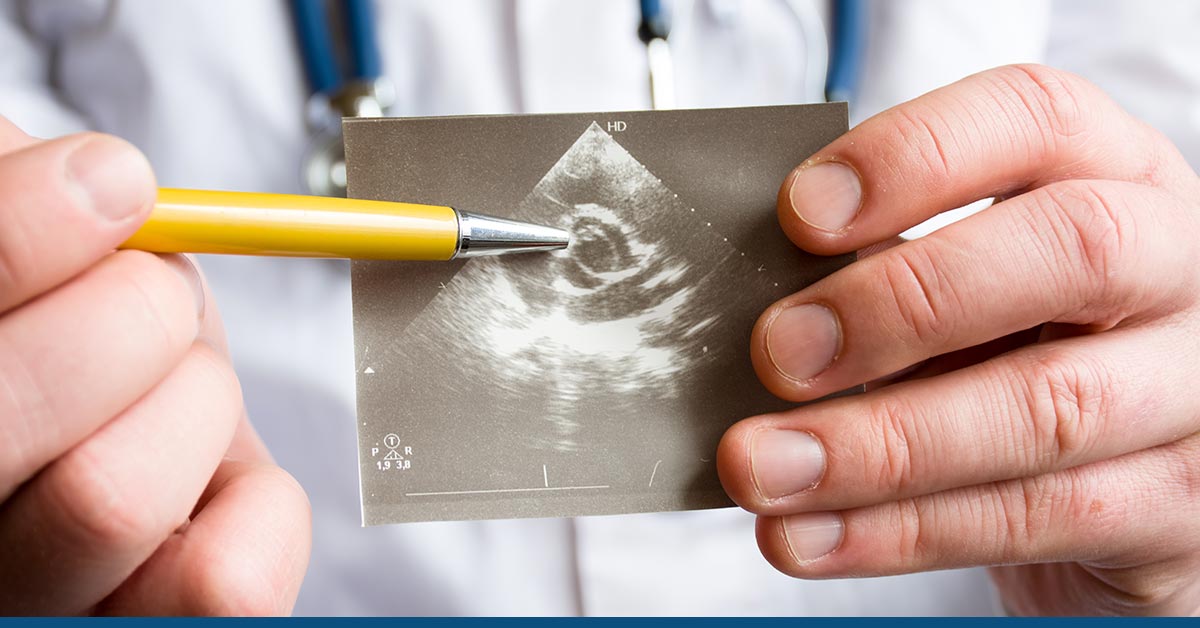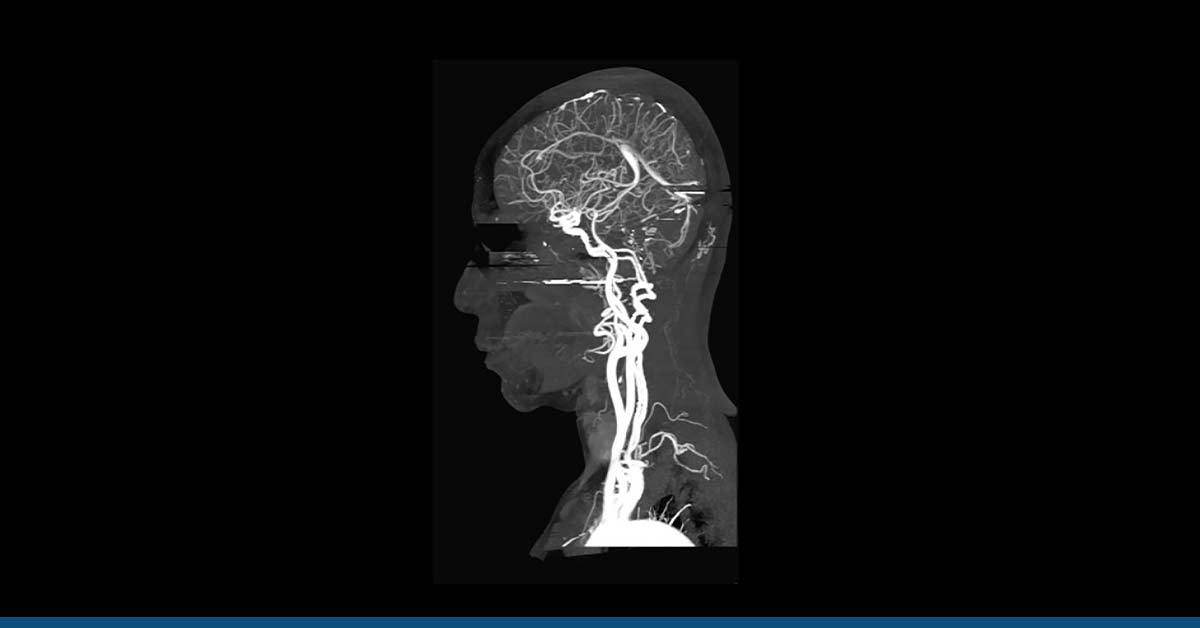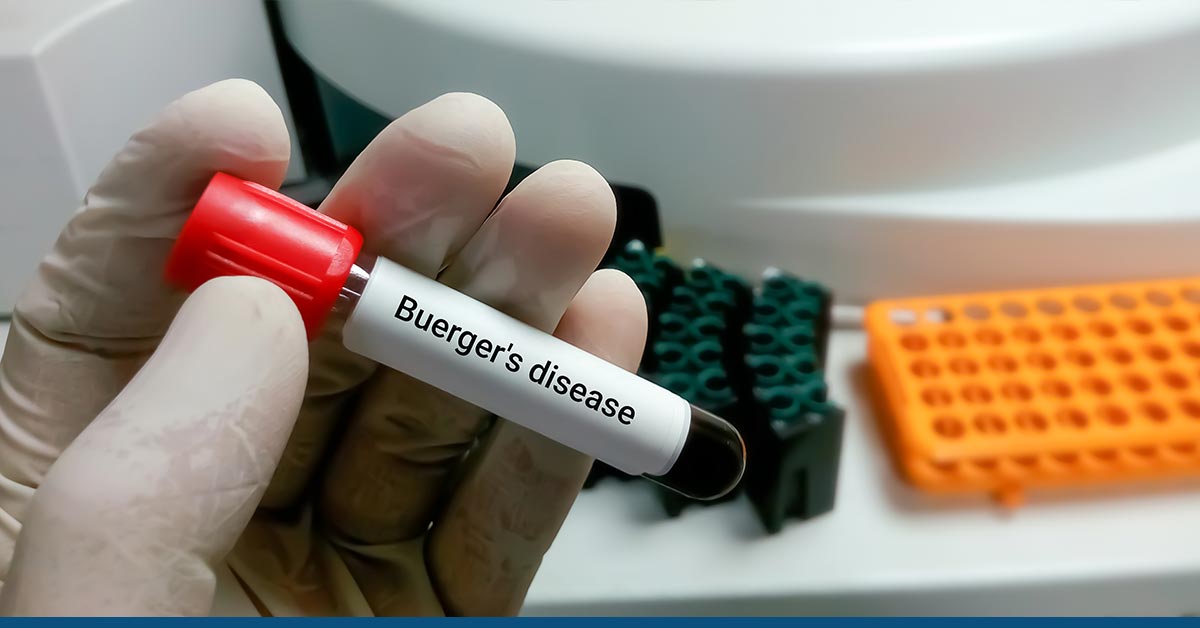Some people find it confusing to comprehend Atherosclerosis Vs. Arteriosclerosis. Both are mistaken for the same condition, as most people don’t know what distinguishes atherosclerosis from arteriosclerosis. However, atherosclerosis is a subtype of arteriosclerosis with its causes, symptoms, and treatment options.
Arteriosclerosis occurs when the blood arteries become so constricted that they cannot transport oxygen and nutrients to all body regions. The heart controls blood circulation through the arterial system, which supplies critical nutrients. When arteries in the body become stiff or enlarged, they cannot transport blood efficiently, harming other organs. When you have healthy arteries, they are elastic and flexible. It allows for optimal blood flow throughout their bodies.
Atherosclerosis is one kind of arteriosclerosis. Lipids, excessive cholesterol, and other compounds cause arterial plaque to build up. Plaque inhibits normal blood flow within the body, which can lead to the formation of blood clots. Particularly, atherosclerosis is directly linked to cardiac difficulties but can also create other complications, such as varicose veins. There are various strategies to treat atherosclerosis and prevent it from worsening and many ways to prevent it from occurring.
Today’s post is all about Atherosclerosis Vs. Arteriosclerosis. This post intends to answer what distinguishes atherosclerosis from arteriosclerosis.
Table of Contents
ToggleAtherosclerosis Vs. Arteriosclerosis
Atherosclerosis Vs. Arteriosclerosis: Pathology
Arteriosclerosis is when the arteries in the body cannot maintain oxygenated blood flow. It occurs as the arteries lose their flexibility over time. When individuals are younger, their arteries are more flexible. However, as they age, they become rigid and thicker. Most arterial hardening is a result of the artery walls becoming thicker. Typically, this condition affects elderly individuals.
Since the young arteries are more elastic than mature arteries, they are better equipped to deal with the turbulence created by blood circulation. Physical activities such as sports and workouts increase blood pressure. Healthy arteries assist the body in regulating the additional blood flow. As they become thicker and more rigid, they become weaker and can no longer withstand high blood pressure. Due to this, inadequate blood flow can result in a variety of heart-related issues.
Atherosclerosis is a fatal heart disease caused by plaque accumulation on the arterial walls. Too much cholesterol or lipids may contribute to plaque deposits’ slow but continuous formation. When arteries get obstructed, blood pressure lowers, leading to cardiac problems. Due to the constriction of the arteries, the body cannot receive the necessary amount of oxygenated blood.
Being overweight, smoking heavily, having a family history of high blood pressure, and other factors that promote plaque buildup can exacerbate the condition. Excessive alcohol and cholesterol consumption also increase the risk of developing atherosclerosis.
Atherosclerosis Vs. Arteriosclerosis: Symptoms
Atherosclerosis lacks any indications or symptoms. Plaque that hardens in the arteries increases the risk of a heart attack with age. Hence it is advised that individuals over 65 receive yearly exams like Echo.
Arteriosclerosis also has no obvious signs because it is a natural consequence of aging. Medical experts have determined that an individual with arteriosclerosis does not also have atherosclerosis. On the other hand, atherosclerosis is usually invariably accompanied by arteriosclerosis.
Patients have reported experiencing sudden vertigo, fluctuating blood pressure, and difficulty seeing. You will not receive sufficient oxygen if your arteries become clogged or clot. It will result in elevated blood pressure and intense pain in the affected area. In addition to creating cardiac difficulties, artery damage is a leading cause of strokes.
You must visit the doctor if you experience chest pain, tingling in your arms and legs, cloudy or foggy vision, kidney pain, or high blood pressure.
Atherosclerosis Vs. Arteriosclerosis: Diagnosis & Treatment
Due to the similarity between the science underlying atherosclerosis and arteriosclerosis, the doctors perform a thorough examination. After reviewing the patient’s medical history and noting symptoms such as constricted arteries, low blood pressure, and a weak pulse, the physician will likely recommend one or more of the following diagnostic tests:
- Doppler Ultrasound
- Blood Tests
- Electrocardiogram
- Stress Analysis
The severity of the issue will influence which medications are utilized to treat it. Alternatively, several over-the-counter medications can prevent symptoms from occurring. It is important to monitor your blood pressure and cholesterol levels regularly. Any symptom that makes you feel ill requires immediate medical attention. It is also crucial to maintain a healthy diet along with lifestyle modifications. By maintaining a healthy diet, you can prevent blood clots.
What Distinguishes Atherosclerosis from Arteriosclerosis
Age-related arteriosclerosis is a disease that causes the arterial walls to stiffen and become hardened. Atherosclerosis, on the other hand, is a condition caused by the accumulation of plaque in the arteries, which damages the inner lining of the arteries. Most of the time, atherosclerosis is caused by excess cholesterol and fat in the body. In contrast, arteriosclerosis is caused by genetics and cannot be prevented.
Since arteriosclerosis is a natural consequence of aging and artery hardening, there is no one treatment for it. There are home cures that can prevent additional symptoms from occurring. You can avoid potential future issues by developing an effective fitness regimen and a nutritious diet.
The following table shows what distinguishes atherosclerosis from arteriosclerosis:
| Parameters | Atherosclerosis | Arteriosclerosis |
|---|---|---|
| Cause | Plaque buildup in the arteries resulted in arterial constriction and decreased blood flow | Hardening and loss of arterial flexibility lead to arteriosclerosis |
| Aging | Aging does not affect plaque buildup | Arteries become stiff with increased age |
| Plaque | Plaque formation inside the arteries results in atherosclerosis | There is no plaque formation. Instead, the arteries lose flexibility with age |
| High cholesterol | High cholesterol levels lead to plaque buildup | Cholesterol level is not associated with flexibility |
Arteriosclerosis is a disease in which the arteries become so rigid and constricted that they can no longer transport blood throughout the body. Arterial constriction impacts the blood flow, which may have difficulty reaching the organs—atherosclerosis results from fat, cholesterol, and other substances accumulating on the arterial walls. Although atherosclerosis is a kind of arteriosclerosis, the phrases are sometimes used interchangeably.
Conclusion
The post explored Atherosclerosis Vs. Arteriosclerosis. Arteriosclerosis is a disease in which the body’s arteries gradually get harder and stiffer. It hinders the circulation of blood throughout the body. Atherosclerosis occurs because of the plaque formation in the arteries that lead to obstructed blood flow.
It also slows the blood’s circulation throughout the body. A person with a high cholesterol level is more susceptible to developing atherosclerosis. Arteriosclerosis can occur when the blood arteries get thicker, making it more difficult for blood to reach the organs.
Damage occurs to the flexibility of the arteries and impacts their function of transporting blood from the circulatory system to the body’s organs. You must consult your physician to avoid serious consequences if you experience chest pain or tightness.
Specialists at HG Analytics offers comprehensive health checkup which helps in detecting chronic diseases before it’s too late.
Book your consultation now to improve your cardiovascular health.





